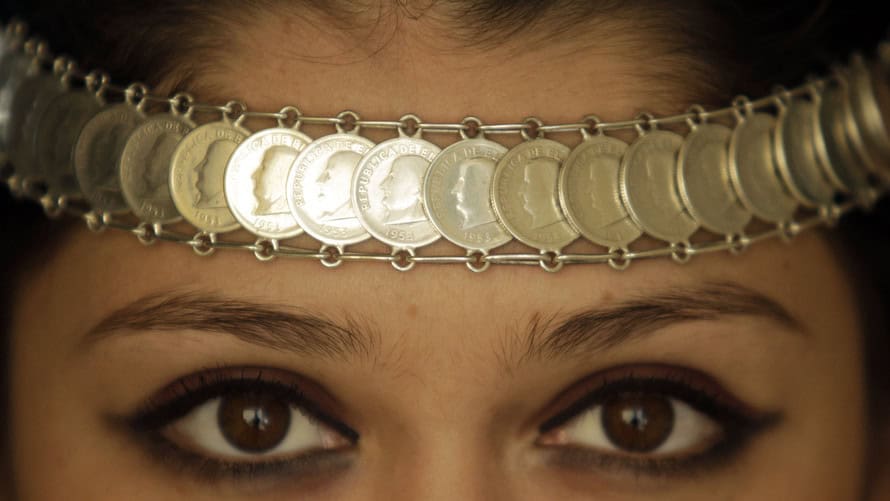
After a 15% price drop, ‘investors would be unwise to be selling at these levels’: analyst
As gold fails to find much haven support despite a volatile stock market and palladium prices hit record highs, silver prices sit close to their lowest levels in nearly three years, down 15% year to date.
Silver hasn’t garnered the same attention as its peers in the metals market, but it deserves a second look.
“Investors might be too bogged down looking at the macro environment when assessing silver’s worth, but silver is actually a hybrid metal—part investment, yet extensively used in a wide and increasing amount of industrial applications,” says Johann Wiebe, lead metals analyst on the GFMS team at Refinitiv, a global financial data provider.
“If you would want to invest in silver, you should assess the investment on macroeconomic reasons but also look at the part of demand that represents 65% of the total—industrial applications, which look very promising in the coming years,” he says. It’s used in solar-energy and electrical applications.
Silver futures SIH9, +0.28% settled at $14.509 an ounce on Thursday. They reached a settlement low of $13.977 an ounce in mid-November, the lowest since January 2016. The physical-silver-backed iShares Silver Trust exchange-traded fund SLV, -0.15% has also declined by 15% so far this year.
“The strong dollar, talk of tariffs, and sluggish global growth have all contributed to the decline in silver,” says Steve Dunn, head of ETFs at Aberdeen Standard Investments. “Asset gathering in silver ETFs has been muted, but remains slightly positive for the year.”
Total global silver supply was forecast to edge up by 0.3%, to 998.4 million ounces this year, while physical demand was expected to fall by 3%, to 963 million ounces—for a physical surplus of 35.3 million ounces, according to a report from The Silver Institute, with data from Refinitiv. The report attributed the rise in supply to renewed mining output in 2018 after two years of declines.
But silver has “already attracted some increased investment,” Wiebe says. Data from the U.S. Mint show sales of one-ounce 2018 American Eagle silver bullion coins reached nearly 1.7 million in November, the third highest monthly total so far this year. The mint announced a temporary sellout of the coins in early September.
Based on “the current ratio to gold, silver at present would be a good investment,” says Wiebe. The ratio between the two metals—how many ounces of silver it would take to buy one ounce of gold, currently stands around 85. That’s not far off its November 2018 peak at 86.39, its cheapest point since 1995, says Dunn.
“Silver continues to underperform gold prices,” he says, but it “may be setting up to be a leader this year,” with many of silver’s key drivers still bullish, including rising global manufacturing and industrial production. “Inflationary pressures are also on the rise as evidenced by elevated inflation expectations, rising fiscal spending, and a tighter labor market with rising wages,” says Dunn.
Futures prices for gold have lost about 5% year to date, about a third of the loss for silver. “Compared with prior years, silver retail buyers have been less interested in accumulating [silver], unmotivated in a declining silver price environment,” says Peter Spina, president and chief executive officer of gold and silver news and information provider GoldSeek.com. He points out that the market saw a “big chunk of retail silver investors turn to Bitcoin and crypto [in the] past few years.”
Despite that big fall in silver prices, “investors would be unwise to be selling at these levels and chasing the next hot market,” Spina says.
He emphasizes, however, that investors should look at silver with at least a one- or two-year investment horizon, and warns that silver may see “one more big liquidation that takes prices closer to $10.” That would be an “ultimate buy,” he says.
“Once fear and problems emerge in the various bubbles we see around the world,” including overvalued equity prices and the hundreds of trillions of dollars in debt that the world is swimming in, “that will eventually cause the next financial crisis,” Spina says. “Silver will be one of the havens.”
“Buying at these prices will look like a no-brainer,” if that scenario does come to pass, he says.


